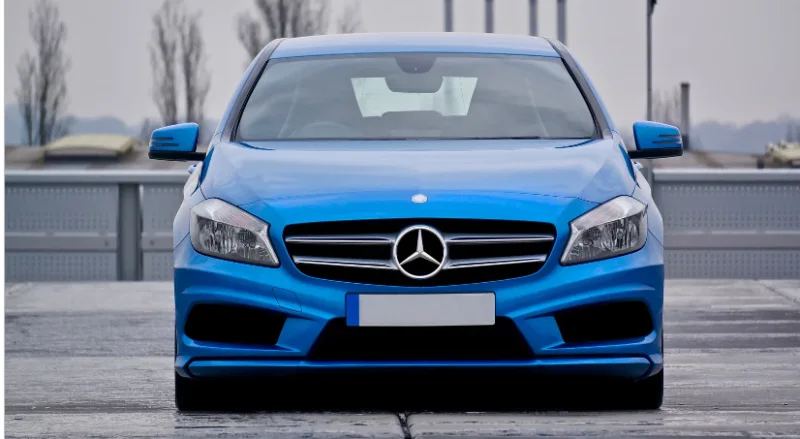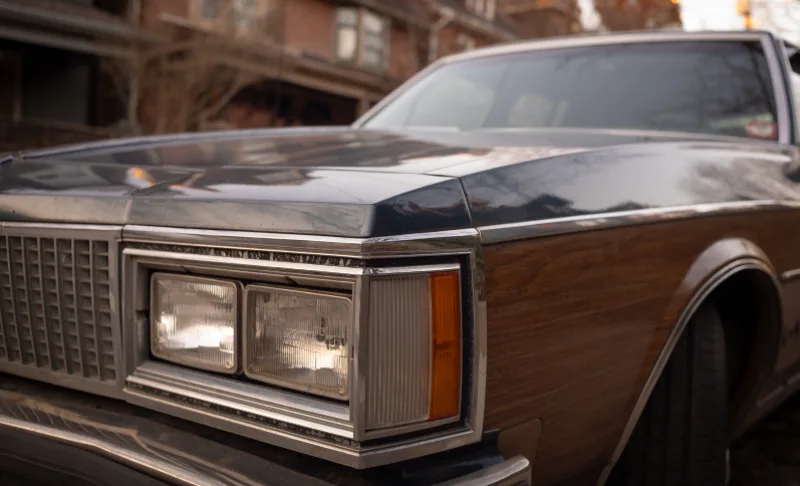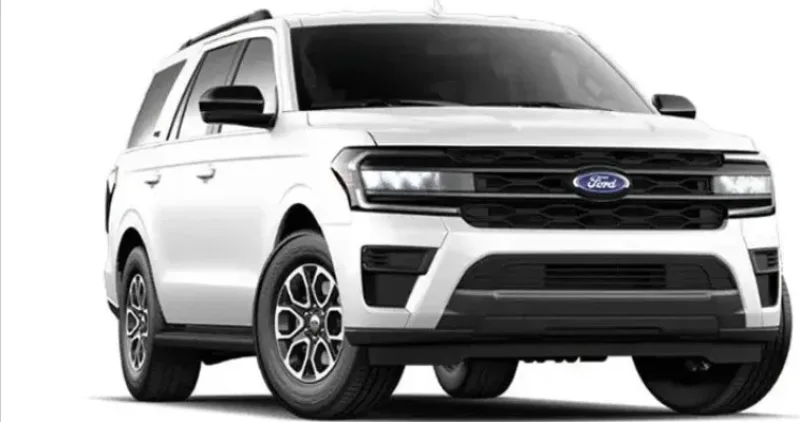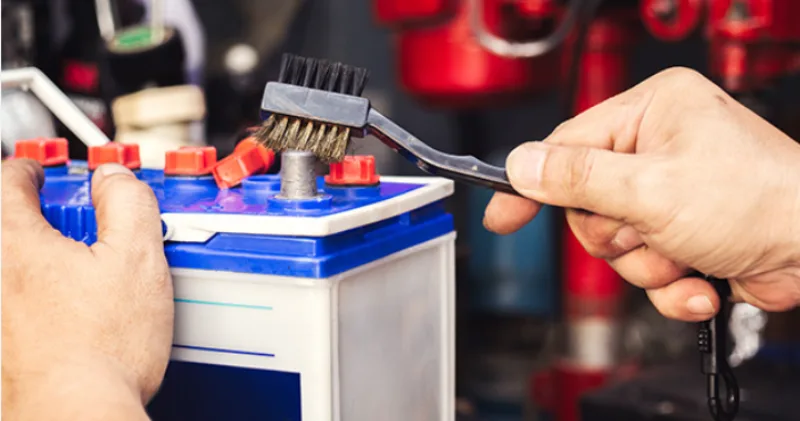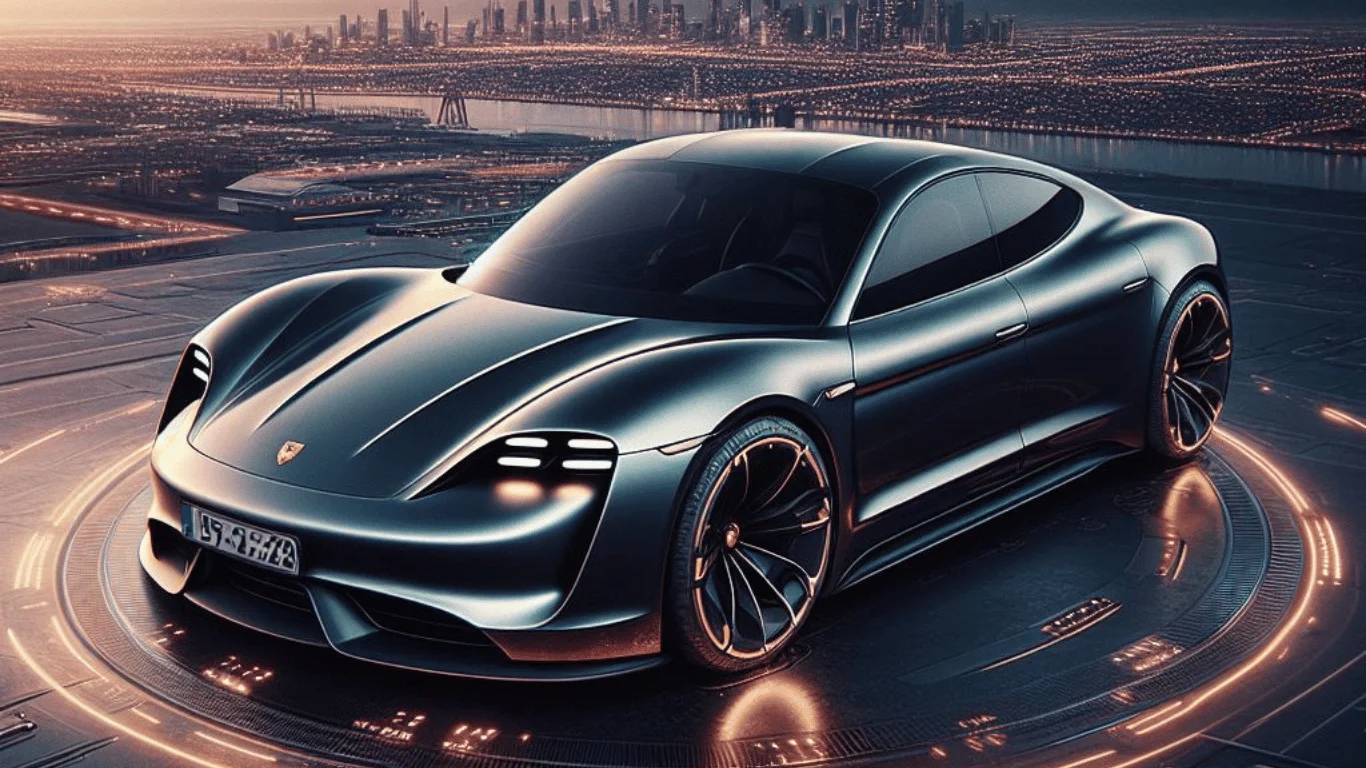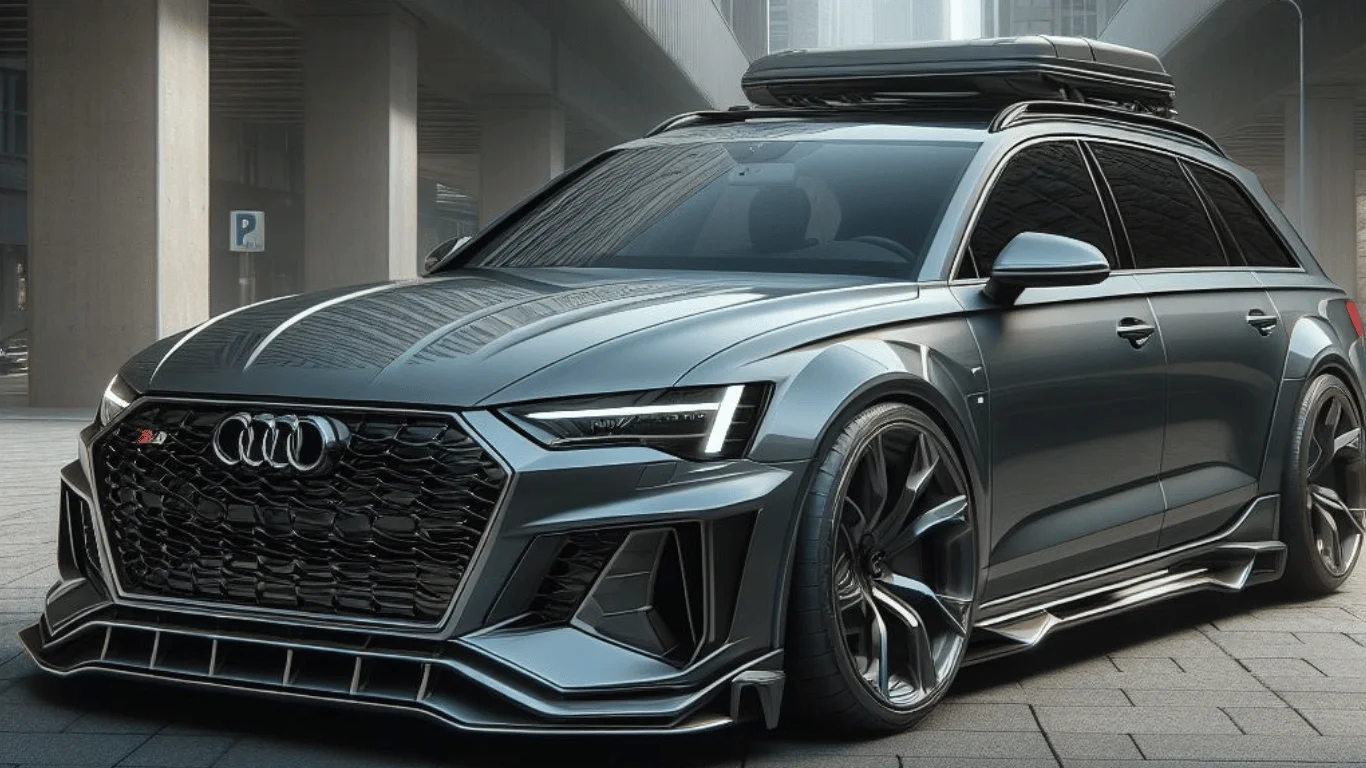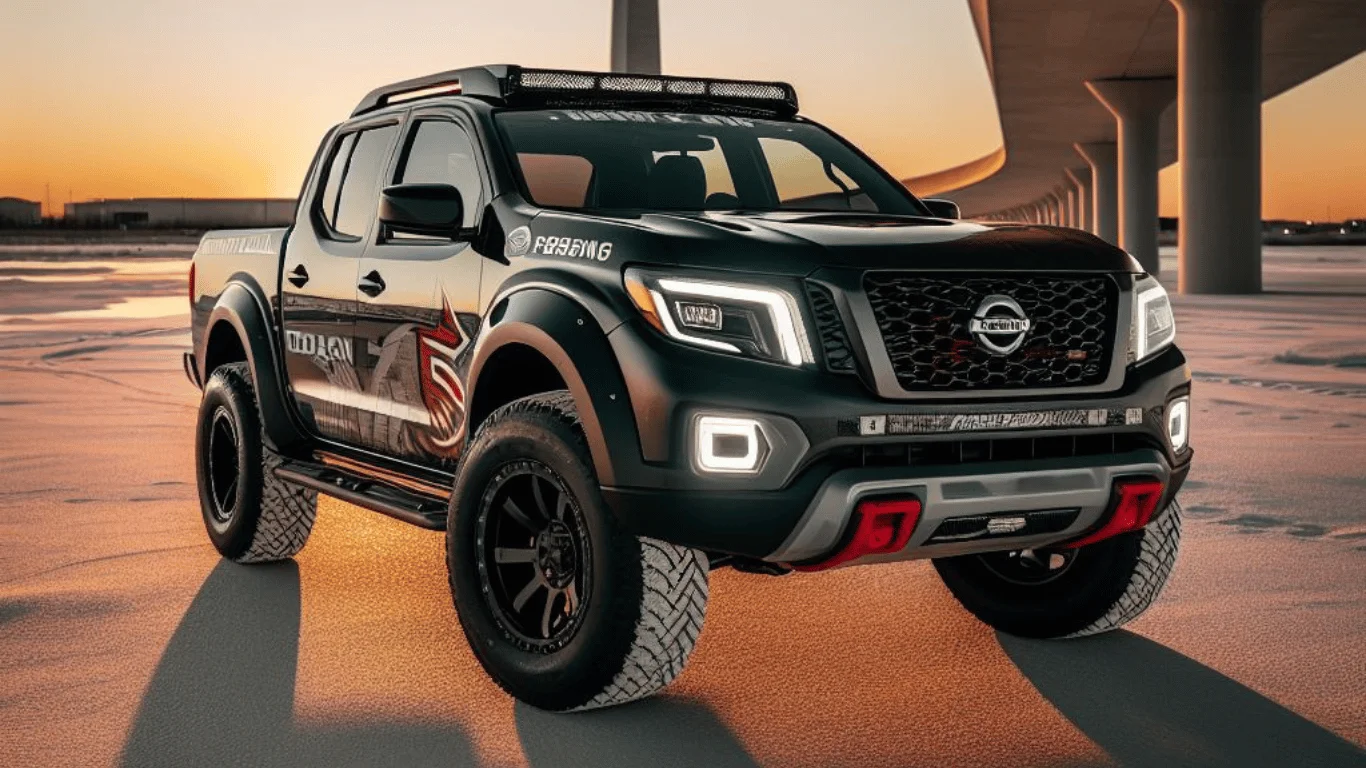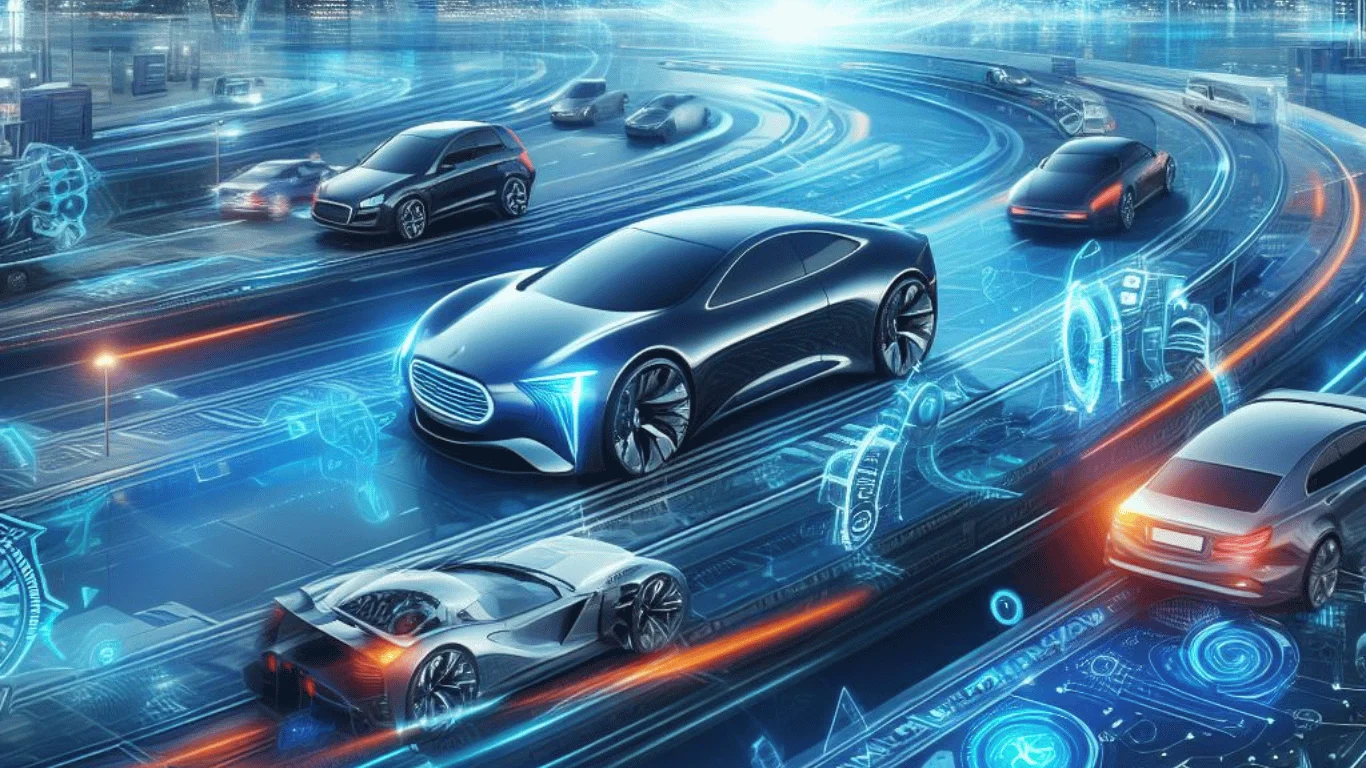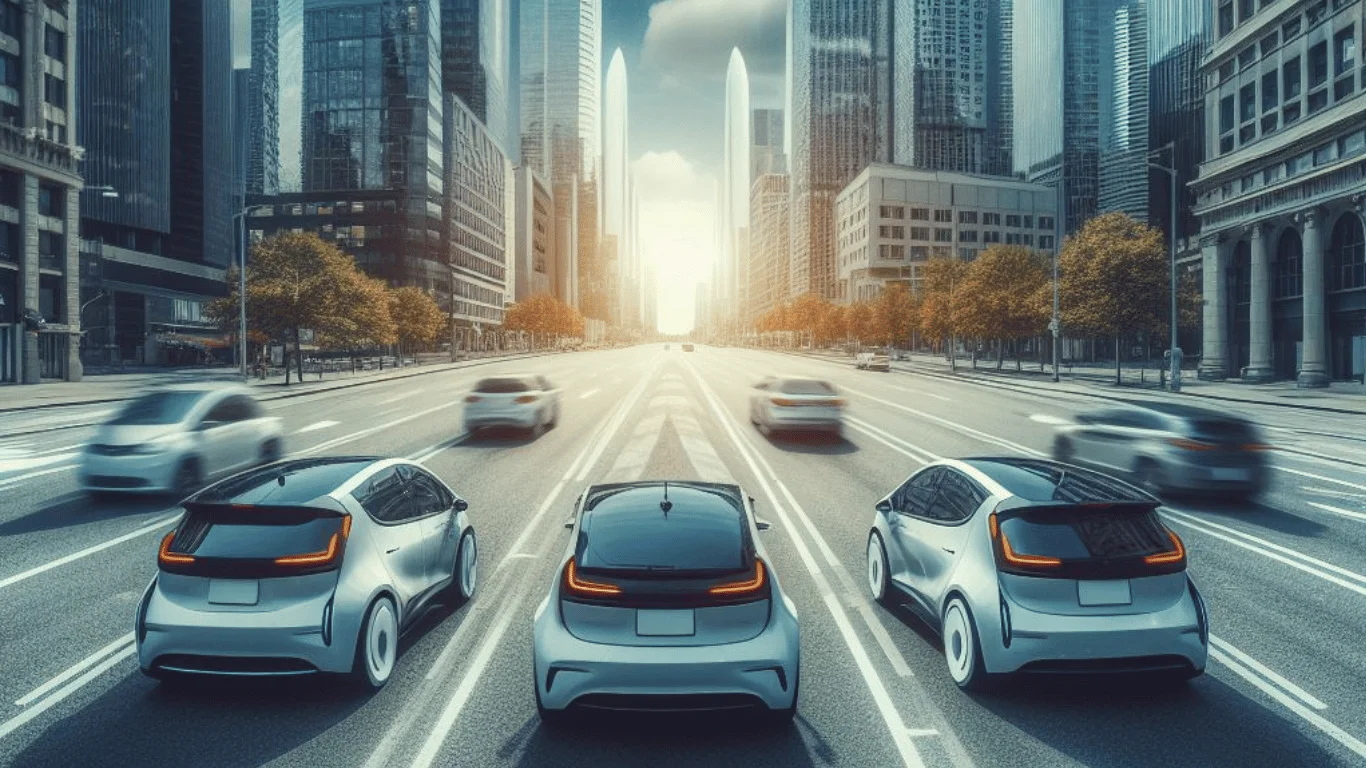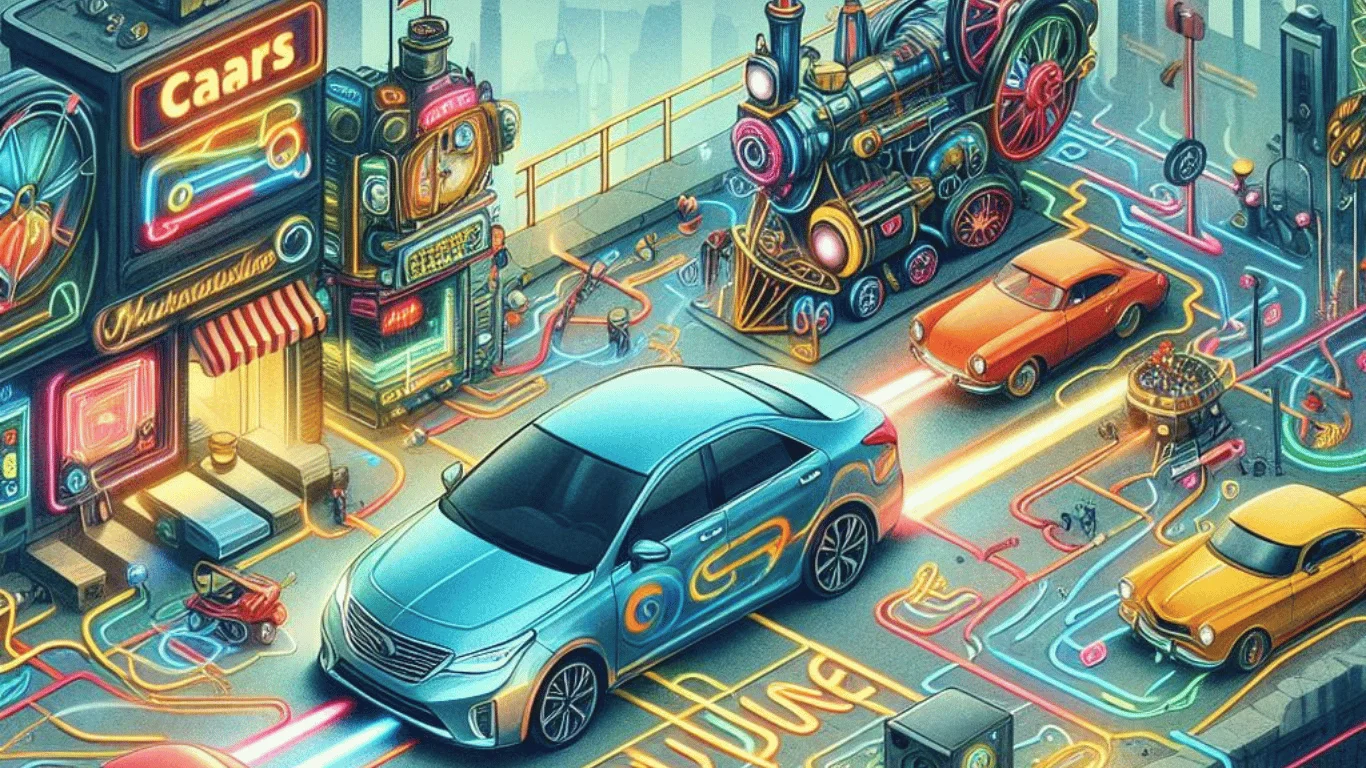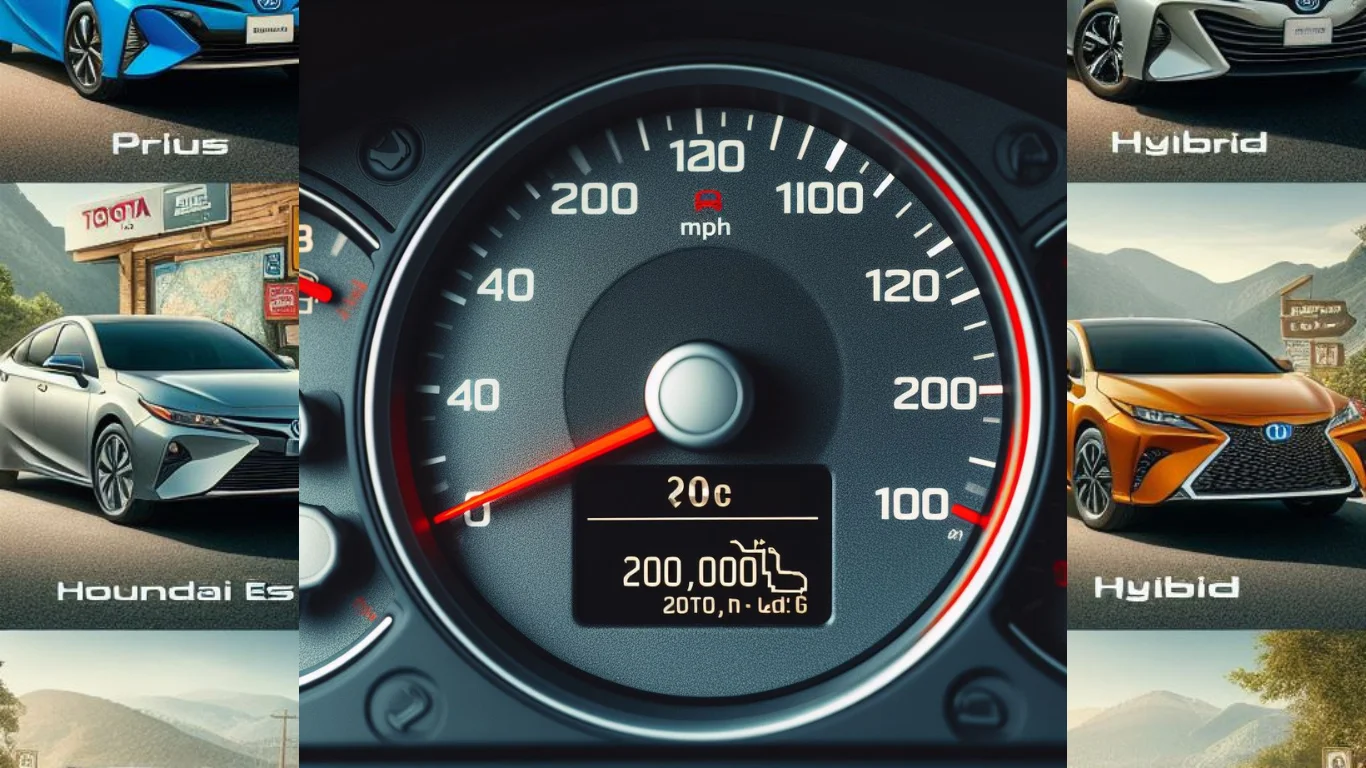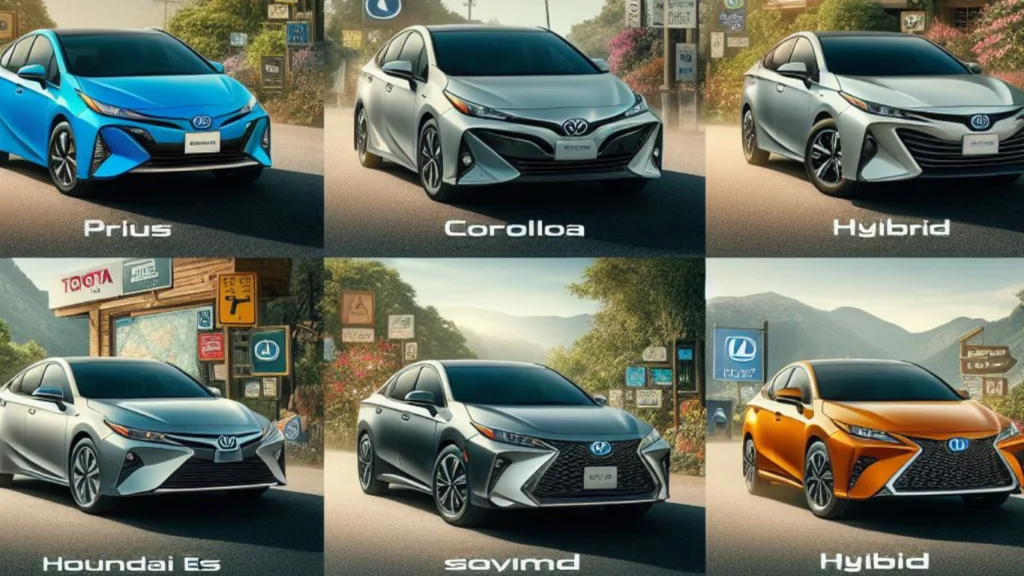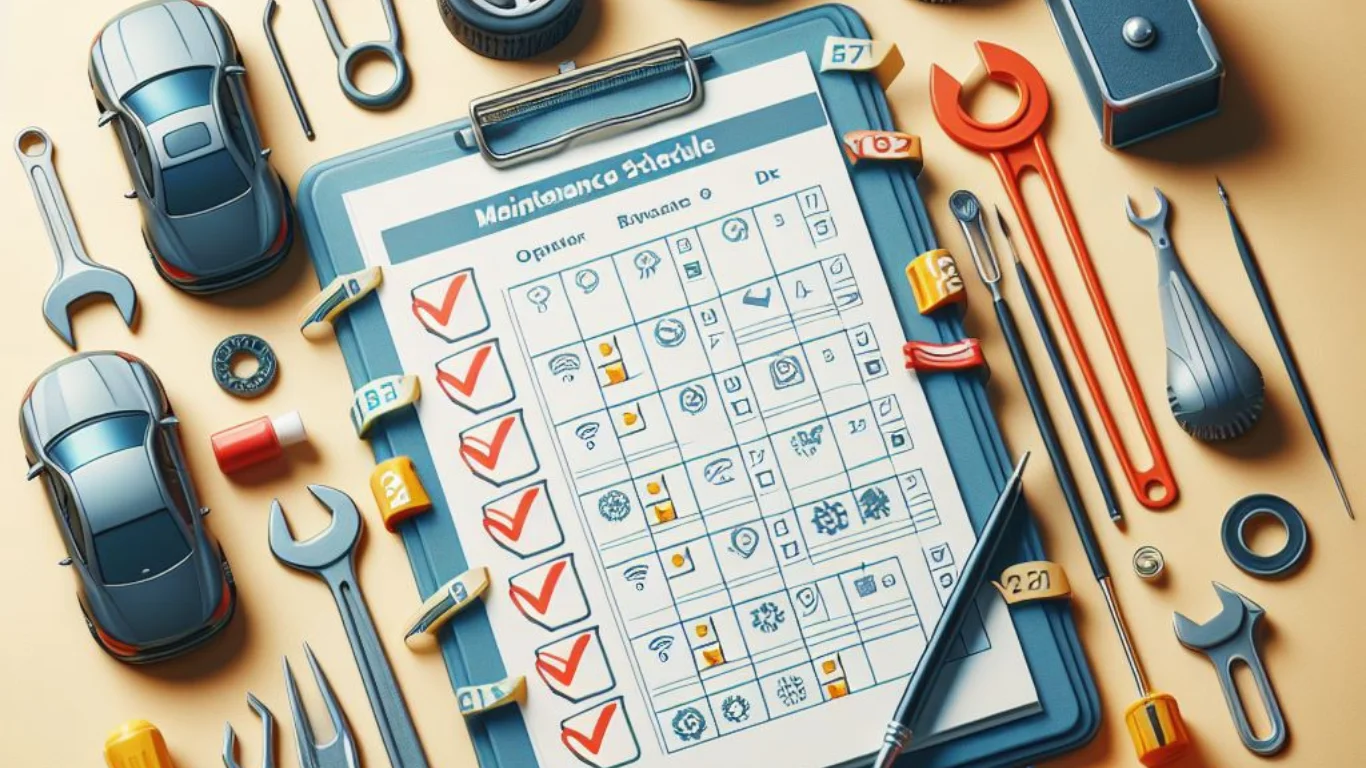![9 Pros and Cons of Touchless Car Washes and 6 Tips [Marvel's Promises of Efficiency]](https://www.nxtmotors.com/wp-content/uploads/2024/08/Touchless-Car-Was.jpg.webp)
Touchless car washes This method helps prevent scratches and paint damage with traditional brush-based car washes. It’s ideal for maintaining a car’s exterior without the risk of abrasive damage. If you don't care for your car afterward, an automatic car wash can damage its paint. Water can cause scratches in the paint if it is not thoroughly dried after washing.
Touchless car washes employ an automatic cleaning method that avoids direct contact with brushes or human hands. Instead, a high-pressure water stream and specially planned soap effectively remove dirt from vehicles.
In this blog post, we will explain a touchless car wash, its pros and cons, its Work Processes, and Tips for Using one.
Key Takeaways
- Touchless car washes utilize high-pressure water streams with special detergents to clean vehicles without direct contact, protecting paintwork and proving efficient and convenient.
- The benefits of touchless car washes include environmentally friendly practices, a quick and convenient process, cost-effectiveness, and safety for protruding vehicle parts.
- Touchless car washes have drawbacks, including harsh chemicals, less effectiveness on tough contaminants, and potential concerns with water composition.
- The touchless car wash process involves an initial rinse, application of cleaning agents, a high-pressure rinse, application of car shampoo, a final rinse, optional treatments, and blow-drying.
- Using a touchless car wash requires a strategic approach. This involves pre-rinsing your vehicle, utilizing a foam cannon or gun, ensuring thorough rinses and drying, choosing the right settings, and regular maintenance.
- When adding touchless car washes to your routine, consider chemical selection, equipment, environmental conditions, frequency, post-wash protection, and safety precautions.
Touchless Car Wash: 9 Pros and Cons
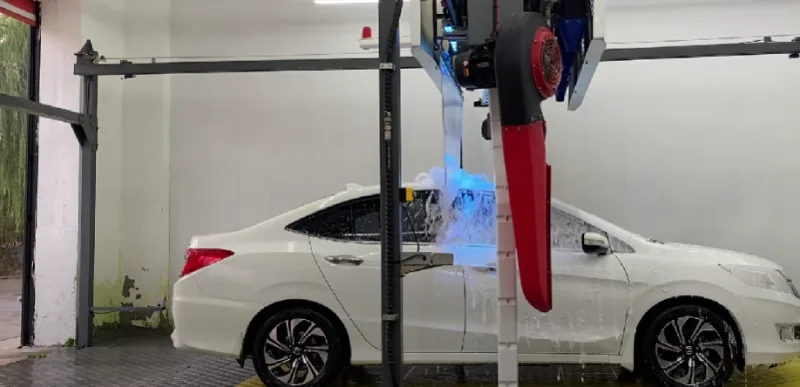
Clean cars have become a necessity in today's fast-paced world. Urban environments and busy schedules leave little room for manual car care, so many vehicle owners turn to automated solutions. Touchless car washes are gaining popularity. Knowing the pros and cons of a touchless car wash can help owners make informed decisions that best suit their needs.
Pros
Paint Protection
One of the foremost advantages of a touchless car wash is its ability to protect your car's paintwork. Traditional car washes often use brushes and cloths that can cause micro-scratches on the car's surface, leading to dullness. Touchless car washes eliminate this risk by relying on jets of water and specially planned detergents to clean the vehicle, reducing direct contact with the car's surface.
Efficiency and Convenience
Touchless car washes are designed for maximum efficiency. The automated system ensures that your car is cleansed quickly, often in under ten minutes. This timesaving aspect particularly appeals to busy schedules who need a quick yet effective car cleaning solution without the hassle of manual labor.
Environmentally Friendly
Touchless car washes typically use less water than traditional car washes. Many facilities have water reclamation systems that recycle water, reducing waste. Furthermore, these systems often use biodegradable and eco-friendly detergents, which minimize environmental impact compared to the chemical-heavy solutions sometimes used in manual washes.
Quick and Convenient
As mentioned, the speed makes a touchless car wash one of its most significant selling points. The entire process is streamlined to allow drivers to get in and out quickly, ideal for those needing a fast wash during a lunch break or on the way to an important meeting.
Cost-Effective
Touchless car washes are often more affordable than hand washes or automatic washes. This cost-effectiveness comes from reduced labor costs and efficient resource usage, allowing savings to be passed on to the customer without sacrificing cleanliness.
Safe for Protruding Parts
Vehicles with antennas, side mirrors, and other protruding parts can suffer damage during traditional car washes that use brushes and rollers. Touchless car washes significantly reduce this risk as no physical contact could snag or break these parts.
Cons
Use of Harsh Chemicals
Touchless car washes often use strong chemicals to break down dirt and grime to compensate for the lack of physical scrubbing. While effective in cleaning, these chemicals can be harsh on your vehicle’s paint, potentially leading to a shorter lifespan for waxes and sealants. Over time, frequent exposure to such chemicals might necessitate more frequent repainting or touch-ups.
Less Effective on Tough Contaminants
While touchless car washes excel at removing general dirt and dust, they may struggle with more challenging contaminants like bird droppings, tree sap, or tar. Without the mechanical action of brushes or cloths, these stubborn spots may require additional cleaning methods or a return to manual washing to ensure complete removal.
Water Composition Concerns
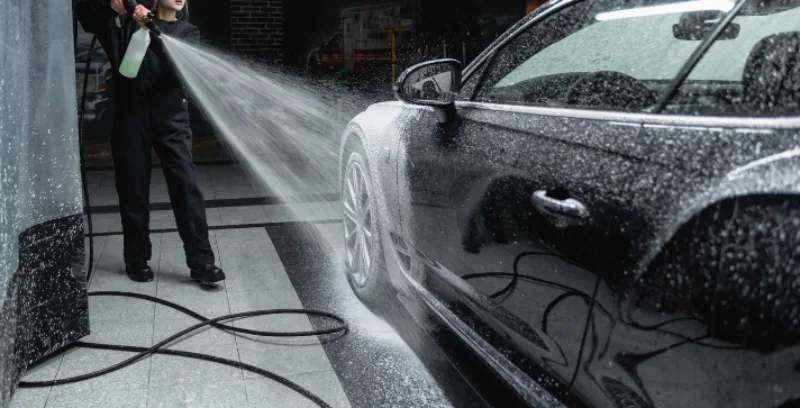
The water used in touchless car washes is often changed to enhance cleaning effectiveness. This can involve adding salts or removing certain minerals, leading to water that might not be ideal for all car finishes. Over time, this could affect the appearance of your car’s paint, especially if it has specific coating requirements.
7 Work Processes for Touchless Car Washing
Touchless car washes are a fast, efficient, and gentle way to maintain the appearance of your vehicle. By removing physical contact from the car's surface, traditional car washes dramatically reduce the risk of scratches and paint damage. Here is some process of a touchless car wash:
Initial Rinse
The touchless car wash begins with an initial rinse using high-pressure water jets. This step is crucial as it helps dislodge loose dirt, dust, and grime from the car's exterior surface. Removing these particles early makes subsequent cleaning steps more effective, and the risk of scratching the paint with abrasive particles is minimized.
The high-pressure water jets ensure that even hard-to-reach areas receive attention, laying the groundwork for a thorough clean.
Application of Cleaning Agents
Following the initial rinse, a layer of specially planned cleaning agents is applied to the car’s exterior. These solutions often take the form of snow foam, which clings to the vehicle's surface.
Without physical scrubbing, the cleaning agents break down stubborn contaminants, such as road tar, bird droppings, and insect residues. This thorough and gentle chemical action ensures the paintwork remains intact and pristine.
High-Pressure Rinse
After the cleaning agents have had time to work their magic, a high-pressure rinse is employed to wash away the loosened dirt and residual cleaning solution. This step is essential to remove all contaminants and chemicals from the car’s surface.
The power of the water jets helps reach every nook and cranny, providing a comprehensive rinse that leaves the car ready for the next cleaning stage.
Car Shampoo Application
A potent car shampoo is then applied to achieve a deeper clean. This shampoo is typically more concentrated than manual car washes, allowing for a more thorough cleanse.
The shampoo helps to lift any remaining dirt particles and ensures a sparkling finish. Despite its strength, the shampoo will be gentle on the car's paint, maintaining its shine and preventing damage.
Final Rinse
Another round of high-pressure water jets follows the shampoo application, rinsing away the soap and any last traces of dirt. This final rinse is critical for removing any residues that could cause streaks or water spots as the vehicle dries. The force of the water ensures a spotless finish, preparing the car for the optional last treatments.
Optional Treatments
Many touchless car washes offer optional treatments that enhance the vehicle's appearance and protection. These may include applying car wax, which adds a layer of shine and protection against environmental elements, or tire foam, which conditions and adds a glossy finish to the tires. These treatments are applied without brushes, adhering to the touchless philosophy of minimizing physical contact.
Blow Dry
The last step in the touchless car wash process is the blow dry. Powerful blowers remove any remaining water droplets from the car's surface, preventing water spots and ensuring a flawless finish. This air-drying method is efficient and gentle, providing a quick and complete drying experience without towels or chamois that could scratch the paint.
6 Tips for Using a Touchless Car Wash
This method offers a quick and gentle way to maintain your car's appearance without the risk of scratches associated with traditional car washes. However, to maximize the benefits of a touchless car wash, it's essential to approach the process with strategy and care. Here are some essential ways to use a touchless car wash effectively.
Pre-Rinse Your Vehicle
Giving your car a quick pre-rinse before entering the touchless car wash is beneficial. This step involves using a hose or pressure washer to wash away loose dirt, dust, and debris. The surface of your vehicle.
Doing so reduces the amount of dirt the automated system needs to tackle, which can enhance the cleaning efficiency and prevent any potential damage during the high-pressure rinse. A thorough pre-rinse ensures that the touchless wash focuses more on stubborn contaminants and less on loose particulates.
Utilize a Foam Cannon or Foam Gun
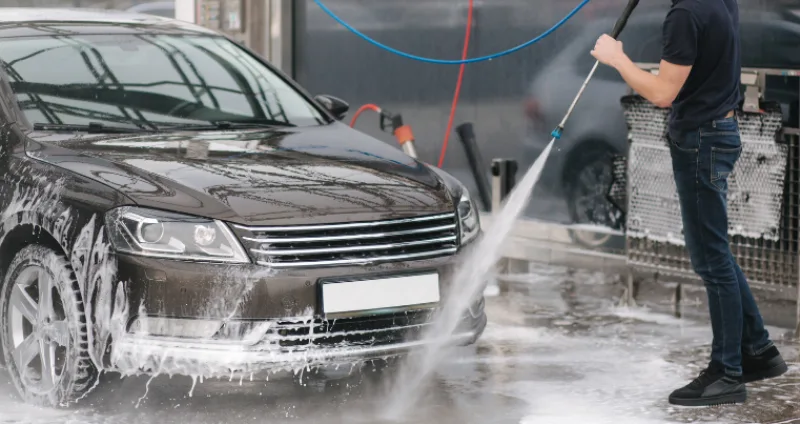
Consider using foam cannons or foam guns before entering the wash for an added layer of cleaning power. These tools can be attached to a garden hose or pressure washer to apply a thick layer of cleaning foam over your vehicle.
The foam helps break down tough grime and contaminants, making it easier for the touchless wash to rinse them. The key is to let the foam sit for a few minutes, allowing it to work on loosening dirt and grime without damaging your car's paint job.
Rinse Thoroughly
Once you’ve applied the pre-wash foam, ensure any remaining soap and loosened dirt are thoroughly rinsed off. Most touchless car washes include a high-pressure rinse cycle, but starting with a clean base can enhance the effectiveness of this step. Ensure that the rinse cycle is long enough to clear all the pre-applied foam and debris, ensuring no residues are left that could cause streaks or spots post-wash.
Dry Your Vehicle Properly
After the wash, drying your vehicle correctly is crucial to prevent water spots and streaks. While many touchless car washes include an air-drying feature, it’s often beneficial to do a quick manual dry afterward. Microfiber towels can be used to wipe away any remaining water droplets gently. This extra step not only ensures a spotless finish but also helps protect the car's paint from potential water-induced damage.
Choose the Right Settings
Most touchless car washes offer a variety of settings and options, such as additional wax or clear coat protectants. Selecting the proper settings depends on your specific needs and the condition of your vehicle.
For example, a basic wash might suffice if your car is relatively clean. However, if it's been a while since the last wash or if the vehicle is covered in stubborn dirt, opting for a more thorough cleaning cycle or additional treatments could be beneficial. Consider the weather and road conditions; in winter, choosing an undercarriage wash to remove road salt is wise.
Regular Maintenance is Key
Regular maintenance will ensure that your vehicle remains in excellent condition. Frequent washes help prevent the buildup of contaminants that can damage your car's finish. Establish a routine that includes regular touchless washes, especially after exposure to harsh weather or road salt, to maintain your car's aesthetic appeal and prolong its lifespan.
6 Considerations When Adding Touchless Car Washes
Adding no-touch (or touchless) washes to your car care routine can be a great way to keep your vehicle clean without risking scratches. Here are some key things to consider:
Chemical Selection
- Quality of Chemicals: Use pH-balanced chemicals to avoid damaging your car’s paint. Some touchless washes use aggressive cleaners that can strip away wax or sealant.
- Compatibility: Ensure the chemicals suit your car’s finish and any protective coatings you may have applied.
Equipment
- Pressure Washer: A good pressure washer is essential. It should have enough power to remove dirt without damaging the paint. Typically, a pressure of around 140 Bar is sufficient.
- Foam Lance: This attachment helps apply the cleaning chemicals evenly across the car’s surface.
Environmental Conditions
- Shade and Cool Surface: Perform the wash in a shaded area and ensure the car’s surface is cool. This prevents the chemicals from drying too quickly and leaving spots.
- Weather Considerations: To ensure the best results, avoid washing in extreme temperatures, such as too hot or too cold.
Frequency
- Regular Maintenance: While touchless washes are convenient, they shouldn’t replace regular hand washes entirely. Use them as a supplementary method to maintain cleanliness between more thorough washes.
Post-Wash Protection
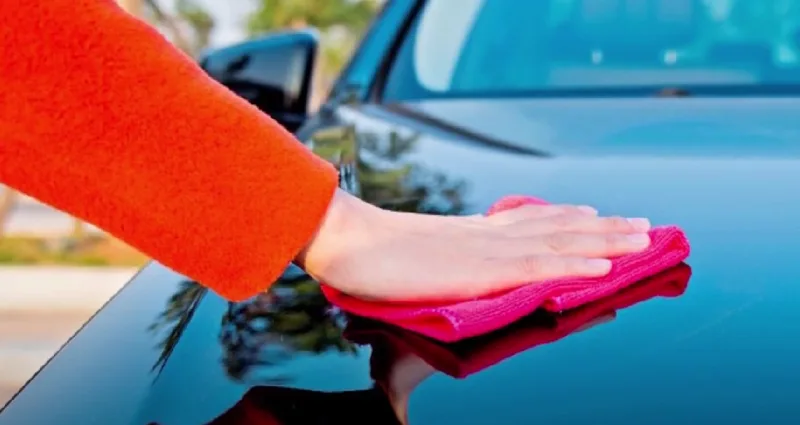
- Wax or Sealant: After a touchless wash, wax or sealant should protect the paint and enhance the shine.
- Drying: Ensure the car is thoroughly dried to prevent water spots and potential rust, especially in humid conditions.
Safety and Precautions
- Avoid Automated Touchless Washes: Some automated systems use very strong chemicals that can be harsh on your car’s finish.
- Check for Damage: Regularly inspect your car for any signs of damage or wear that might be exacerbated by touchless washing.
Conclusion
Touchless car washes offer a modern solution to the age-old problem of keeping your car clean without risking scratches or damage. Their quick, convenient, and gentle approach makes them an excellent option for busy individuals or those who have vehicles with sensitive finishes.
However, it is essential to weigh the benefits against potential drawbacks, such as harsh chemicals and the occasional need for a more hands-on cleaning approach.
By understanding the ins and outs of touchless cars, you can make an informed decision that keeps your car looking its best while fitting seamlessly into your lifestyle.

![24 Different Types of Reliable Cars and 7 Practical Maintenance Tips [Smooth Performance]](https://www.nxtmotors.com/wp-content/uploads/2024/08/Most-Reliable-Car.jpg.webp)


